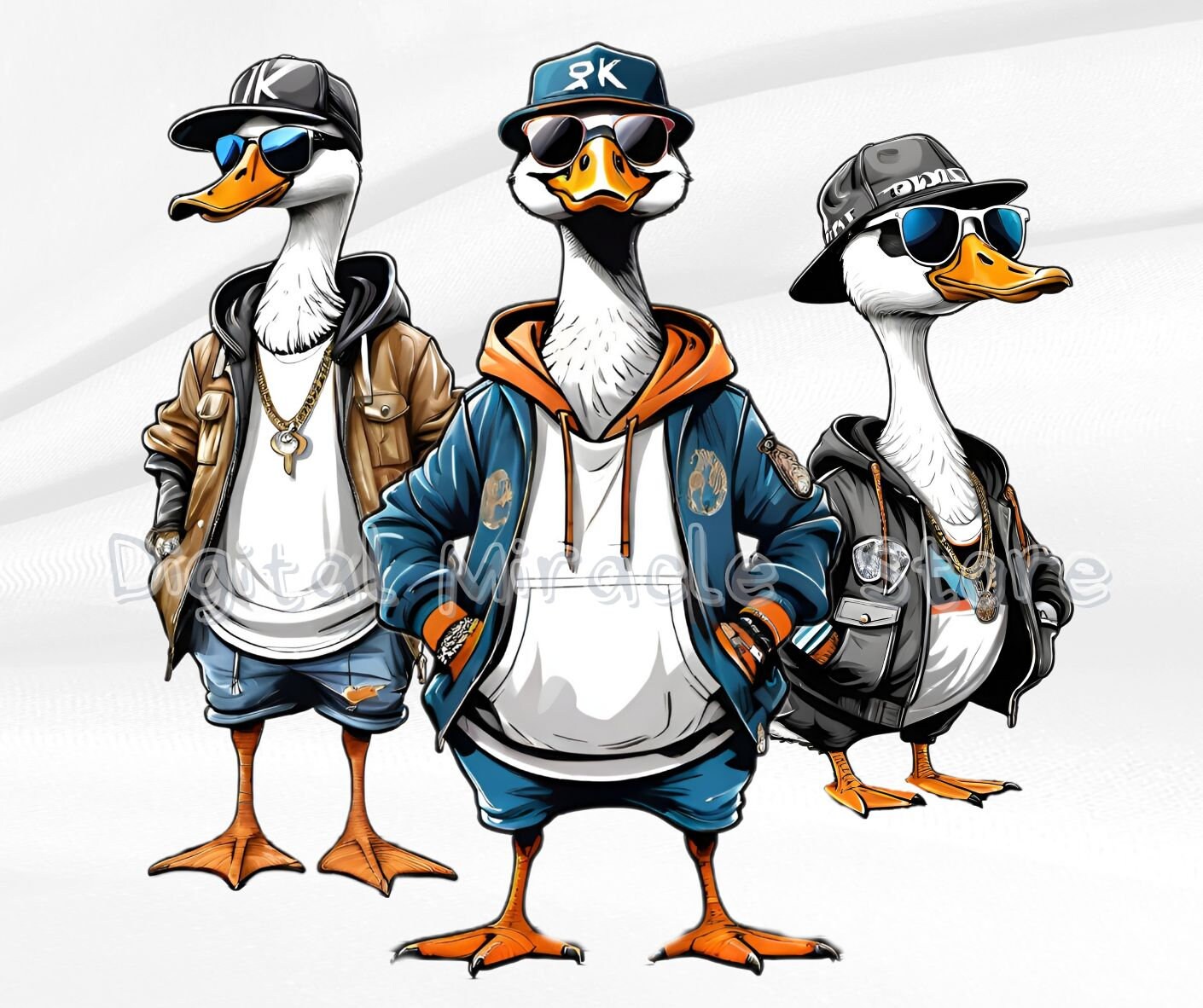Breaking Barriers: The Power of AI in Language Translation

Effortless Communication
Did you know that over 7,000 languages are spoken around the world? That’s a staggering number, and it can feel like a linguistic labyrinth. But fear not! Artificial Intelligence (AI) is here to break down those barriers and make communication as easy as pie.
The Rise of AI in Language Translation
AI has transformed language translation from a tedious task into a seamless experience. Gone are the days of flipping through dusty dictionaries or fumbling with clunky translation apps. Today, AI-powered tools like Google Translate and DeepL can translate text in real-time, making global communication a breeze.
But how does it work? AI uses a technique called **neural machine translation**. This method mimics human brain processes, allowing the software to understand context and nuances. It’s like having a personal translator in your pocket, ready to help you navigate foreign conversations.
Real-World Applications
AI translation isn’t just a party trick; it has real-world implications. Here are some surprising applications:
- **Business Expansion**: Companies can now enter new markets without the fear of language barriers. For instance, Airbnb uses AI translation to localize listings, making it easier for hosts and guests to connect.
- **Travel**: Imagine wandering through Tokyo and effortlessly reading menus or asking for directions. AI translation apps can help travelers immerse themselves in new cultures without missing a beat.
- **Education**: Language learners can use AI tools to practice speaking and writing. Apps like Duolingo incorporate AI to provide personalized lessons based on user performance.
Challenges and Limitations
While AI translation is impressive, it’s not without its hiccups. Here are some challenges:
- **Cultural Nuances**: AI often struggles with idioms and cultural references. For example, translating “kick the bucket” literally won’t convey the intended meaning of death.
- **Contextual Understanding**: AI can misinterpret context. A phrase like “I love you” can have different meanings depending on the situation. AI might not always get it right.
- **Data Bias**: AI learns from existing data, which can be biased. This can lead to skewed translations that reinforce stereotypes or inaccuracies.
Case Studies: Success Stories
Let’s look at some companies that have harnessed the power of AI translation:
- **Netflix**: The streaming giant uses AI to translate subtitles and dubbing, ensuring that viewers worldwide enjoy a consistent experience. This has helped them expand their audience significantly.
- **Facebook**: The social media platform employs AI to translate posts and comments, allowing users to connect across language barriers. This feature has fostered a more inclusive online community.
- **Microsoft**: Their Translator app uses AI to provide real-time translation during conversations. This has been a game-changer for international business meetings.
Tips for Using AI Translation Effectively
Want to make the most of AI translation? Here are some insider tips:
- **Keep it Simple**: Use straightforward language. Complex sentences can confuse AI, leading to inaccurate translations.
- **Double-Check**: Always review translations, especially for important documents. AI can make mistakes, so a human touch is essential.
- **Use Context**: Provide context when possible. If you’re translating a technical document, specify the field to improve accuracy.
The Future of AI in Language Translation
The future looks bright for AI in language translation. As technology advances, we can expect even more accurate and nuanced translations. Imagine a world where language barriers are a thing of the past!
Innovations like real-time translation earbuds are already on the market. These devices promise to make conversations in different languages as easy as chatting with a friend. The potential is limitless!
Conclusion
AI is revolutionizing language translation, making it easier for us to connect across cultures. While challenges remain, the benefits far outweigh the drawbacks. From business to travel, AI translation is breaking barriers and opening doors. So, the next time you find yourself lost in translation, remember: AI has your back!





